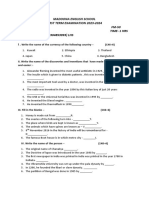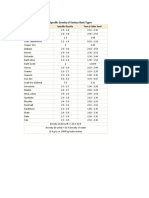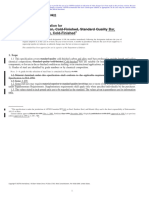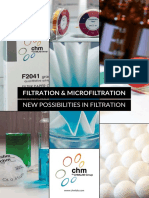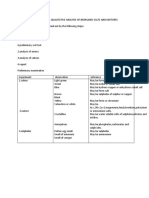0% found this document useful (0 votes)
35 views4 pagesSolved Paper 2022 Sem 2
The document is an ICSE solved paper for Chemistry for Class X, covering the Semester-2 exam from 2022. It consists of multiple-choice questions, definitions, chemical equations, and identification tasks, with a total of 40 marks allocated for the exam. The paper includes two sections: Section A with 10 marks for compulsory questions and Section B with 30 marks for any three questions.
Uploaded by
HARSH RANJANCopyright
© © All Rights Reserved
We take content rights seriously. If you suspect this is your content, claim it here.
Available Formats
Download as PDF, TXT or read online on Scribd
0% found this document useful (0 votes)
35 views4 pagesSolved Paper 2022 Sem 2
The document is an ICSE solved paper for Chemistry for Class X, covering the Semester-2 exam from 2022. It consists of multiple-choice questions, definitions, chemical equations, and identification tasks, with a total of 40 marks allocated for the exam. The paper includes two sections: Section A with 10 marks for compulsory questions and Section B with 30 marks for any three questions.
Uploaded by
HARSH RANJANCopyright
© © All Rights Reserved
We take content rights seriously. If you suspect this is your content, claim it here.
Available Formats
Download as PDF, TXT or read online on Scribd
/ 4





































































